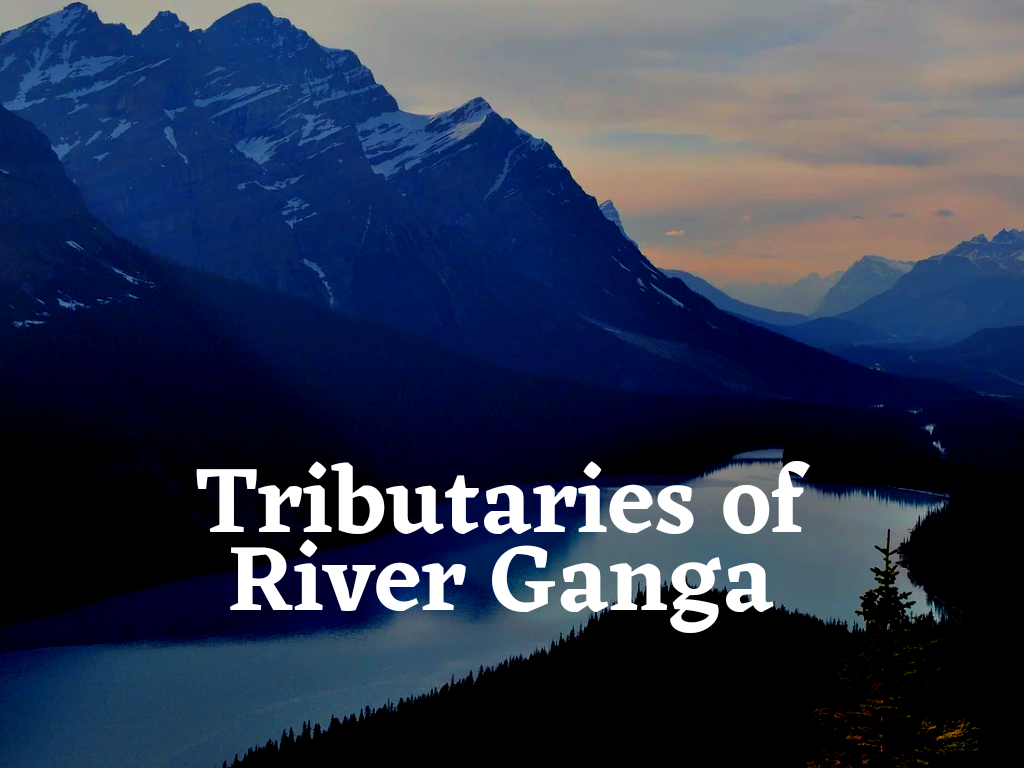Updated By: LatestGKGS Desk
Geography: Earth layer, earth composition, temperature and pressure

Geography: Earth's inner and outer core, the state of matter, higher and lower temperature and the atmospheric pressure
The earth core can be divided into two part :
- Outer core
- Inner core
The core of the earth is rich in NICKEL AND FERROUS (Ni-Fe) minerals. As we go down in the depth of earth density increases and the temperature and pressure also increases gradually, in inner core the temperature reaches up to 6000 Celsius (°C) which is most likely to the temperature of the sun.
- Earth´s inner core and outer core are both made of an iron-nickel alloy. The state of matter (solid, liquid or gas) of a given material depends on its temperature and pressure.
- Most materials, including iron and nickel, change from liquid to solid at lower temperatures and/or higher pressures. It´s easy to understand going from a solid to a liquid at higher temperatures because we are all familiar with ice melting on a warm day.
The velocity of seismic changes as they travel through materials with different density.
- If the earth were homogeneous throughout, seismic waves would travel in straight- line paths at a constant speed.
- Actually, the earth has a dense core, producing a shadow zone in which no seismic waves are detected.


